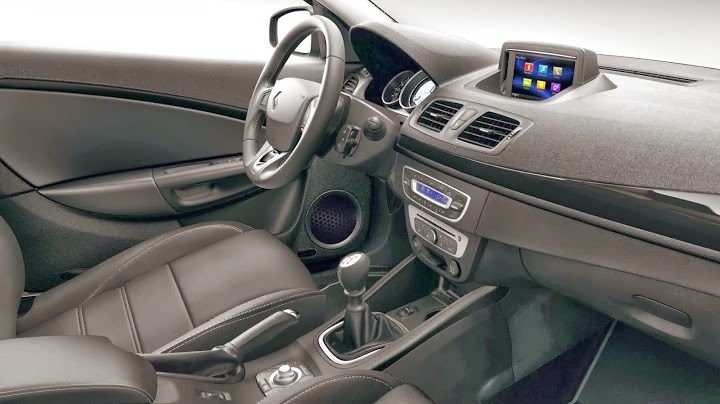
Brazilians have bought much less station wagons because their old customers are migrating either to crossovers or minivans. North-Americans simply love big, tough-looking pick-ups. Europeans are addicted to what they’ve started to call “hot hatches”. And Chinese seem to be willing to buy almost anything with four wheels. There are many different tastes to please, and if the automaker doesn’t want to project one car for each of them, the most efficient solution is to create projects capable of generating multiple body variations. It makes possible to suit each group of clients much better without losing the economy of scale. This is why Honda Civic has only some bodies in North America and only others in Europe, to give an example.
Mégane’s family debuted in the 1990s with a large family for Europe, but Renault didn’t take long to notice that it would be very hard to work like this over the years. Coupé, sedan, minivan… Each variation had its own sales progress, its own level of category competitiveness and, therefore, its own ideal frequency to receive updates, whether deep or not. This is why that line has changed so much that there are four “groups” now: Fluence is the sedan, whose best-selling markets are emergent countries. Scénic’s short and long-wheelbase variations adopted their own lifecycles, and now the original group is formed only by four models. Among these, coupé, hatchback and SW were already renewed at the last Frankfurt show.



The only member left to facelift, therefore, was the very attractive cabriolet which debuted in 2010. But when it comes to styling, the pictures anticipate it followed the aforementioned group which still shares its name. In the redesigned front, the upper grille now follows Renault’s latest design trend, while making the lower piece taller aids to an imponent look. The only other external updates are new wheels, and this isn’t bad because Mégane’s third generation never was a bad-looking car. The overall design looks elegant and balanced, whose smooth lines will take very long to look old. Renault would actually need them to do that because the family is still five years old. An all-new Mégane should be expected only in about three years from now.
Entering the car won’t give any surprises, too. The entire cabin remained untouched since this phase’s first debut in 2008, but this turns to be good because Renault was cautious: since the design was well-received, performing half-life partial changes would take the risk of achieving a worse result. This is probably why the automaker kept the overall structure intact. The only addition is actually a catch-up with Mégane’s direct rivals and almost every European car in nowadays: a full infotainment central. R-Link controls the car’s functions, several applications, GPS navigation and Bluetooth connection, using a retractile touchscreen on the dashboard. This car will hit the streets starting with Belgium, and then go to other European countries.